Monitoring your laptop's battery health is crucial for maintaining optimal performance. Over time, lithium-ion batteries degrade, leading to reduced capacity and shorter battery life. Windows 11 provides a built-in feature to generate a comprehensive battery report, which can help you assess the current status of your battery and determine if it needs replacement.
Generate a battery report using Windows Terminal
Step 1: Open the Windows Terminal with administrative privileges. Click on the Start Menu and type Terminal in the search bar. In the search results, right-click on the Terminal app and select Run as administrator.

Step 2: If prompted by the User Account Control (UAC), enter the administrator credentials if required, or click Yes to proceed.

Step 3: In the Windows Terminal window, click on the downward arrow (chevron) at the top, and select Command Prompt from the dropdown menu. This will open Command Prompt in a new tab.
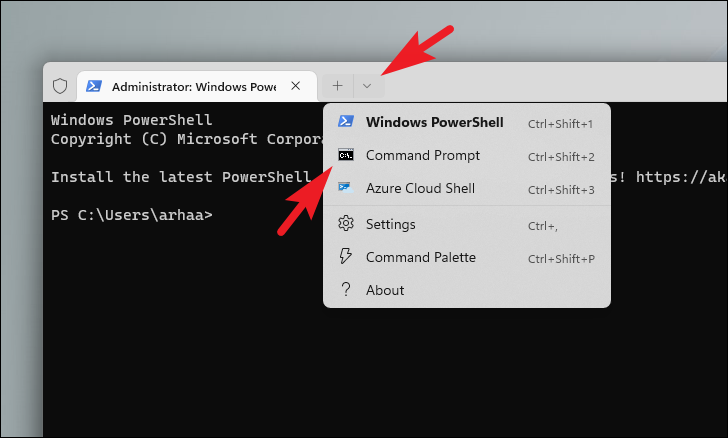
Step 4: In the Command Prompt tab, type or paste the following command and press Enter:
powercfg /batteryreport
Step 5: After the command executes, a message will inform you that a battery life report has been saved to your user directory at C:\Users\<YourUsername>\battery-report.html.
Reading the battery report
Step 1: Navigate to the folder where the report is saved, typically C:\Users\<YourUsername>\. Double-click on battery-report.html to open it in your default web browser.
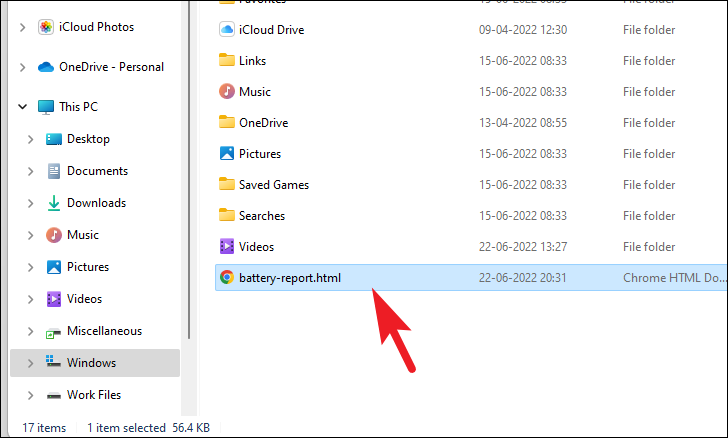
Step 2: In the battery report, scroll down to the Installed Batteries section. Compare the Design Capacity with the Full Charge Capacity. If the full charge capacity is significantly lower than the design capacity (by 50% or more), it may be time to consider replacing the battery.
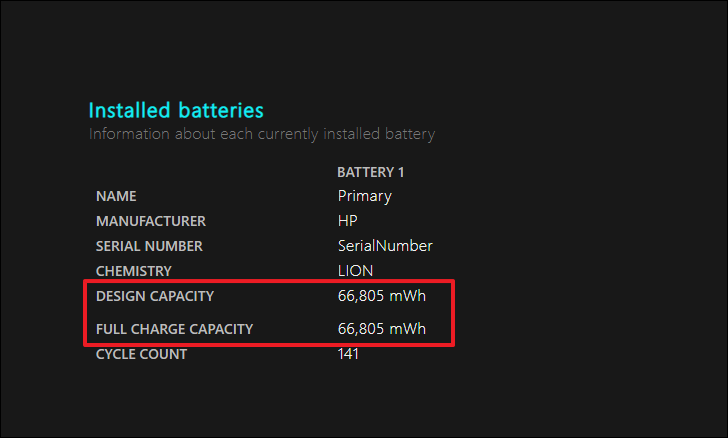
Step 3: Review the Recent Usage section to see when your computer was active, on battery or plugged in, and when it was in suspended states.
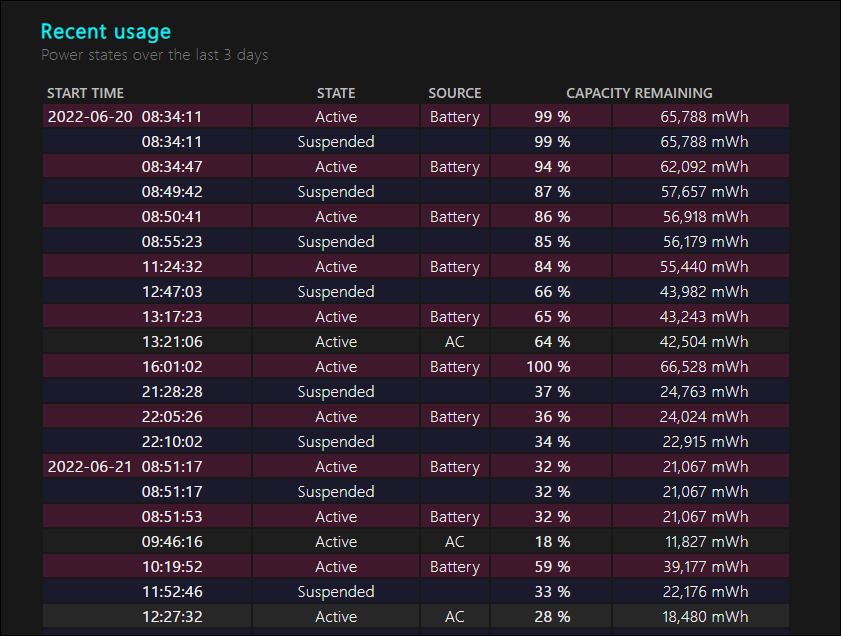
Step 4: Examine the Usage History section to view the total time your device has run on battery versus when it was connected to AC power.

Step 5: Check the Battery Life Estimates section to see the estimated battery life based on observed drains. This can give you an idea of how long your battery should last under normal usage.

Note that the battery report provides more meaningful data on devices that have undergone several charge cycles, as it relies on historical usage data.
Check per-app battery usage from the Settings app
Windows 11 provides an option to monitor battery usage by individual apps through the Settings app. This can help identify applications that are consuming significant power, especially in the background.
Step 1: Open the Settings app by clicking on the Start Menu and selecting the gear icon, or by pressing Windows + I on your keyboard.
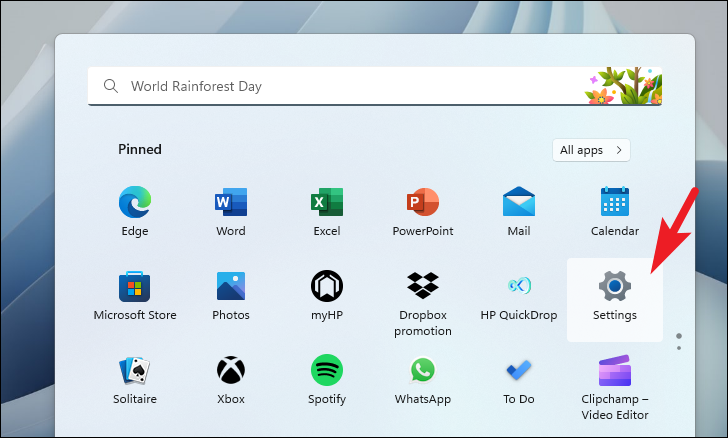
Step 2: In the Settings window, select the System category from the left-hand menu.
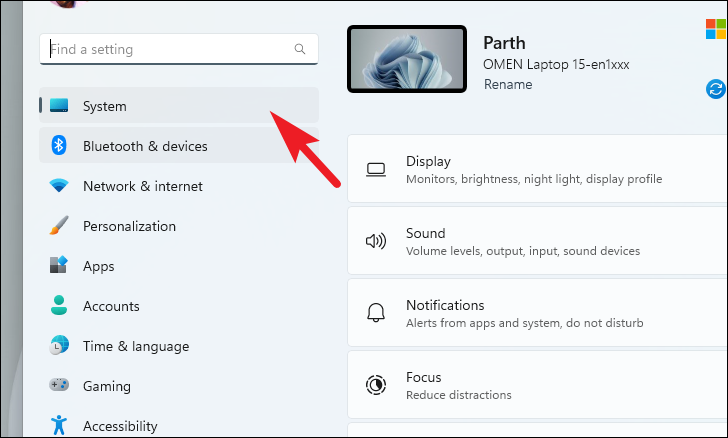
Step 3: On the right pane, click on Power & Battery to access the battery settings.

Step 4: Scroll down to the Battery usage per app section. Here, you'll see a list of apps ranked by battery consumption. You can search for a specific app using the search bar or sort the list by Background usage, Name, or Overall usage using the dropdown menu.
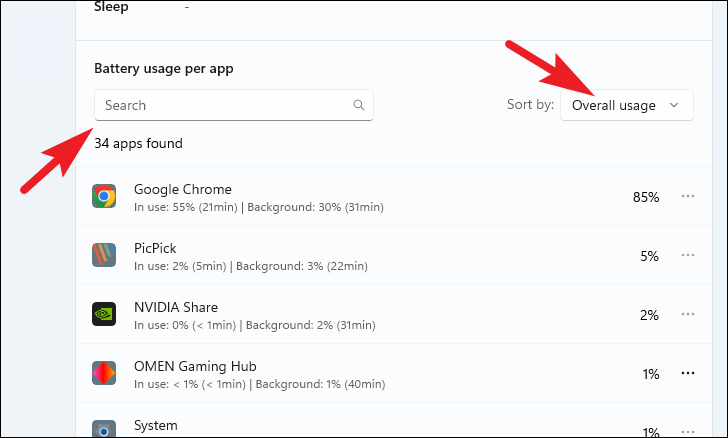
By generating a detailed battery report and checking per-app battery usage, you can effectively monitor your device's battery health and identify any issues affecting its performance.







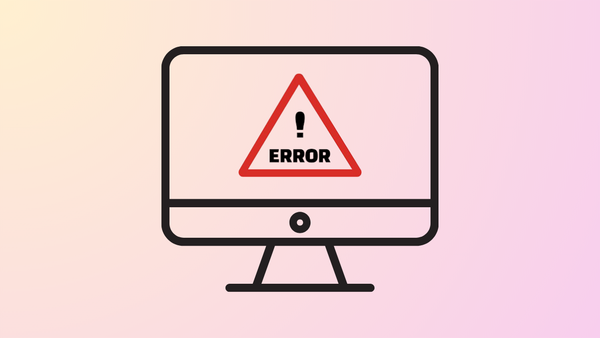


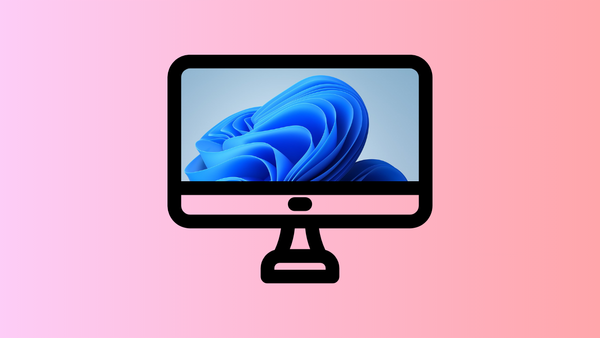
Member discussion